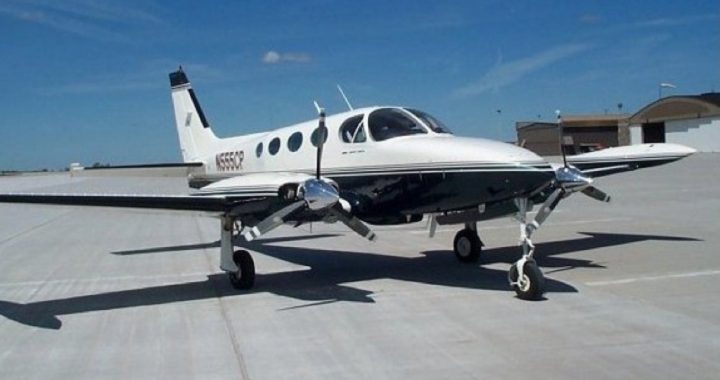
The U.S. Marshal’s Service of the Justice Department has engaged in widespread airborne surveillance of Americans’ telephone calls and data, according to a Wall Street Journal report.
“By taking the program airborne, the government can sift through a greater volume of information and with greater precision,” the Wall Street Journal’s sources said. “If a suspect’s cellphone is identified, the technology can pinpoint its location within about 10 feet, down to a specific room in a building. Newer versions of the technology can be programmed to do more than suck in data: They can also jam signals and retrieve data from a target phone such as texts or photos. It isn’t clear if this domestic program has ever used those features.” The November 13 Wall Street Journal story reported that the devices were operated out of Cessna manned aircraft in at least five U.S. metropolitan areas.
The Wall Street Journal noted that there were no restrictions on the types of crimes against which the massive surveillance could be deployed. “The technology is aimed at locating cellphones linked to individuals under investigation by the government, including fugitives and drug dealers, but it collects information on cellphones belonging to people who aren’t criminal suspects, these people said. They said the device determines which phones belong to suspects and ‘lets go’ of the non-suspect phones.”
Christopher Soghoian, chief technologist at the American Civil Liberties Union, labeled it “a dragnet surveillance program” to the Wall Street Journal. “It’s inexcusable and it’s likely — to the extent judges are authorizing it — [that] they have no idea of the scale of it.” Soghoian added: “Maybe it’s worth violating privacy of hundreds of people to catch a suspect, but is it worth thousands or tens of thousands or hundreds of thousands of peoples’ privacy?”
The Journal story contrasted this airborne program with the “Stingray” devices in use by federal, state, and local officials across the nation for nearly two decades. While these devices manufactured by the Florida-based Harris Corporation (which specializes in espionage devices for intelligence agencies and law enforcement) also engage in dragnet surveillance of Americans’ telephone calls and data, the airborne program is able to pull tens of thousands — or perhaps hundreds of thousands — of numbers instead of the smaller radius provided by the Stingray devices. According to the International Business Times, “At least 43 police agencies in 18 states have Stingrays, using them for a variety of criminal investigations ranging from drugs to violent offenses, with a police spokesman in Georgia saying in July that it’s used ‘in criminal investigations with no restrictions on the type of crime.’”
The Stingray devices have caused controversy, and in some states — such as Michigan — local legislators have sought to restrict use of the devices to more targeted searches based solely on court warrants. One Tallahassee, Florida, detective testified in court in 2010 that he had used the Stingray device in the possession of the department some 200 times in just three years.
The new airborne surveillance method is only the latest use of widespread surveillance of Americans by federal agencies without warrant or justification under the Fourth Amendment to the U.S. Constitution. It has previously been disclosed that the NSA and the DEA keep massive data bases on all of Americans’ telephone data, and it has been reported that the NSA has outsourced voice surveillance of Americans’ telephone calls to British and other foreign intelligence agencies.



